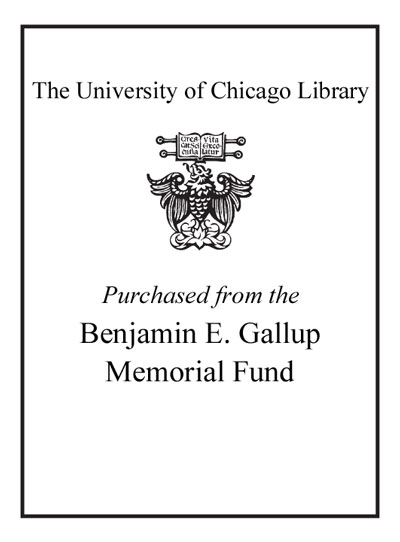Review by Choice Review
McLaughlin and Parry (both, Illinois State Univ.) explore how American movies during WW II played "a dominant role in transmitting mythmaking narratives about the war"--narratives explaining "why we were fighting, why our enemies had to be defeated, why our allies deserved our support, how each American could contribute to eventual victory." This study is noteworthy for its range and diversity. The authors include in the discussion dozens of pre- and postwar films, as well as hundreds produced during the conflict. They also consider films from every level of Hollywood production, from Academy Award winners to obscure Monogram programmers. In fact, the book probably mentions virtually every movie produced during WW II connected with warfare in any way. This wide coverage gives the authors authority in pronouncing some unexceptional generalizations, but it also necessitates a plot-synopsis approach (at times the book reads like the capsule-review section of TV Guide). However, McLaughlin and Parry provide important documentation for pop culture sources of (still) standard ideas about the "good war" and impressive evidence that Americans learned the war at the movies. ^BSumming Up: Recommended. Lower-division undergraduates through faculty; general readers. R. D. Sears Berea College
Copyright American Library Association, used with permission.
Review by Publisher's Weekly Review
Hollywood's WWII films played a vital role in helping average Americans understand the nations, conflicts and values involved. Their plots and images were often subject to government censorship, military recommendations and studio biases, but the movies brought to life distant battlefields, American allies and foreign enemies. To discuss the cultural meanings and impact of such films as Casablanca, Lifeboat and Thirty Seconds over Tokyo, Illinois State University professor McLaughlin and dean Parry viewed more than 600 movies made between 1937 and 1946. Their essential volume explores "the process by which actual events become film history and by which film history becomes myth." The authors chronologically discuss the interplay of historical fact, narrative storytelling and cultural stereotypes. Analyzing films, including such pre-Pearl Harbor works as Chaplin's The Great Dictator (1940) and postwar films like The Courage of Lassie (1946), they identify recurring cinematic formulas used for depicting heroism, gender roles and juvenile delinquency. Whether dealing with famous flicks or lesser known titles, McLaughlin and Parry maintain a scholarly tone, treating blockbusters and B-movies with equal rigor, but never forgetting the view from the peanut gallery or the history and movie buffs among them. Photos. (Mar.) (c) Copyright PWxyz, LLC. All rights reserved
(c) Copyright PWxyz, LLC. All rights reserved
Review by Choice Review
Review by Publisher's Weekly Review

